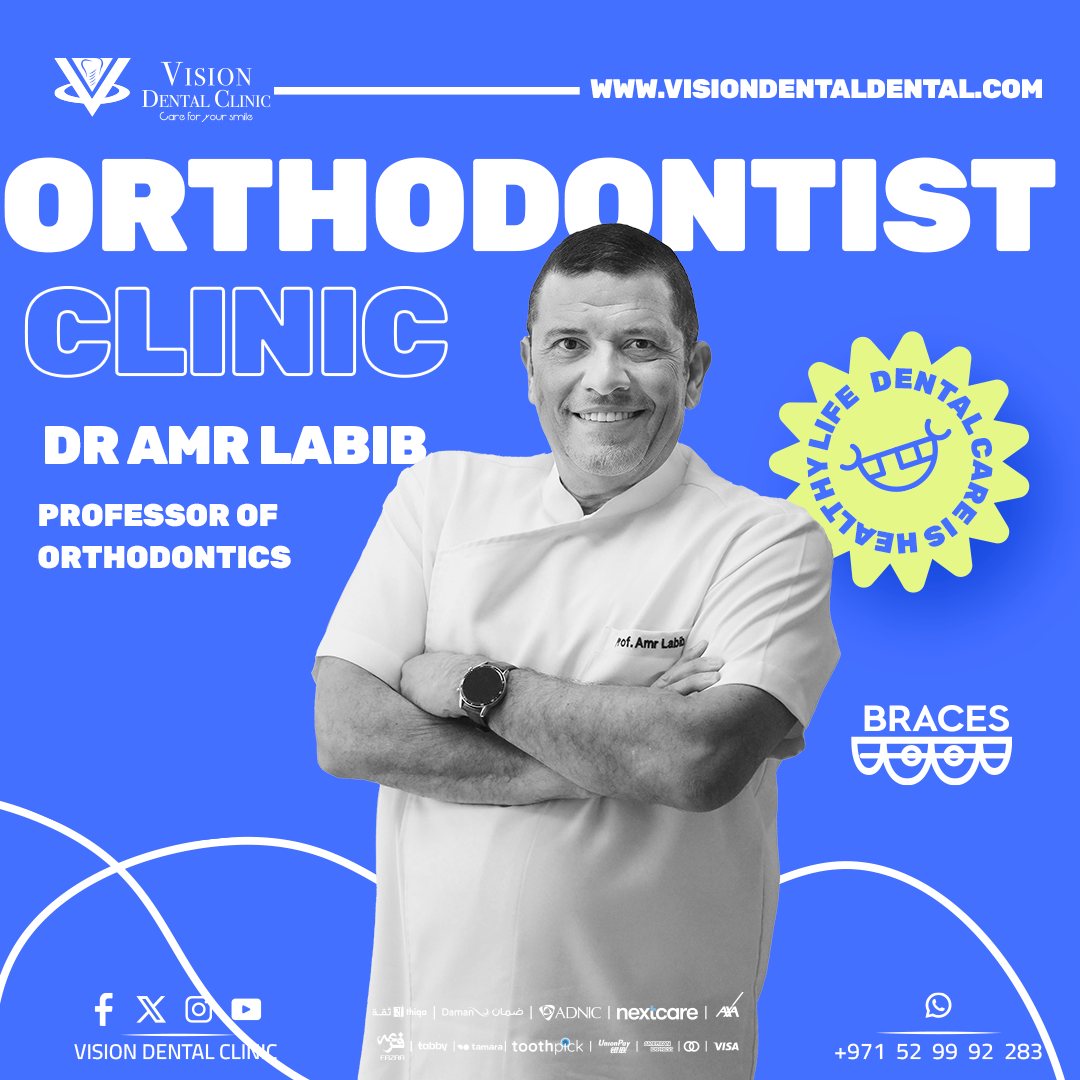
When it comes to achieving a straight, beautiful smile, two of the most popular orthodontic treatments are traditional braces and Invisalign. Both options are highly effective, but they cater to different needs, preferences, and lifestyles. Let’s break down the key differences to help you decide which option is best for you.
What Are Braces?
Traditional braces consist of metal brackets and wires attached to your teeth. Over time, these wires are adjusted to gradually move your teeth into their desired positions. Braces have been used for decades and are known for their reliability in treating even the most complex orthodontic cases.
Pros of Braces:
- Effective for severe misalignment and bite issues.
- Fixed in place, so no need to worry about losing them.
- Often more affordable than Invisalign.
- Options for clear or ceramic braces to make them less noticeable.
Cons of Braces:
- Visible on your teeth, which some people may find less appealing.
- Can cause discomfort, especially after adjustments.
- Require extra care when brushing and flossing.
- Restrictions on certain foods like sticky candy or hard snacks.
What Is Invisalign?
Invisalign uses a series of clear, removable aligners custom-made to fit your teeth. These aligners are replaced every 1-2 weeks to gradually shift your teeth into alignment. Invisalign is a modern and discreet option that appeals to many adults and teens.
Pros of Invisalign:
- Nearly invisible, making it a great choice for those concerned about aesthetics.
- Removable for eating, drinking, and brushing your teeth.
- No food restrictions.
- Generally more comfortable than braces, with no wires or brackets to irritate your mouth.
Cons of Invisalign:
- Requires discipline to wear aligners for 20-22 hours a day.
- May not be suitable for severe orthodontic issues.
- Can be more expensive than braces.
- Aligners can be lost or damaged if not handled carefully.
Key Considerations
- Complexity of Your Case: Braces are often the go-to choice for more severe dental issues, while Invisalign works best for mild to moderate cases.
- Lifestyle: If you prefer a more discreet option and are disciplined about wearing aligners, Invisalign might be ideal. However, if you’re worried about remembering to wear them or losing them, braces may be better.
- Budget: Braces are generally more affordable than Invisalign, though costs vary depending on the severity of your case and treatment duration.
- Age: Both braces and Invisalign are effective for teens and adults. However, Invisalign Teen comes with compliance indicators to ensure they’re worn as required.
- Oral Hygiene: Invisalign allows for easier brushing and flossing since the aligners are removable, while braces require more effort to maintain oral hygiene.
Which Option Is Best for You?
The choice between braces and Invisalign ultimately depends on your specific needs, preferences, and lifestyle. A consultation with an experienced orthodontist is the best way to determine which treatment is right for you. At Vision Dental Clinic, we specialize in providing personalized orthodontic solutions to help you achieve the smile of your dreams.
Ready to transform your smile? Contact Vision Dental Clinic today to schedule a consultation and explore your options!



